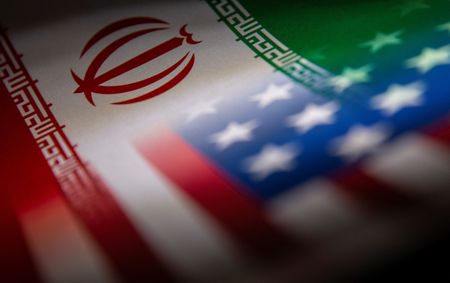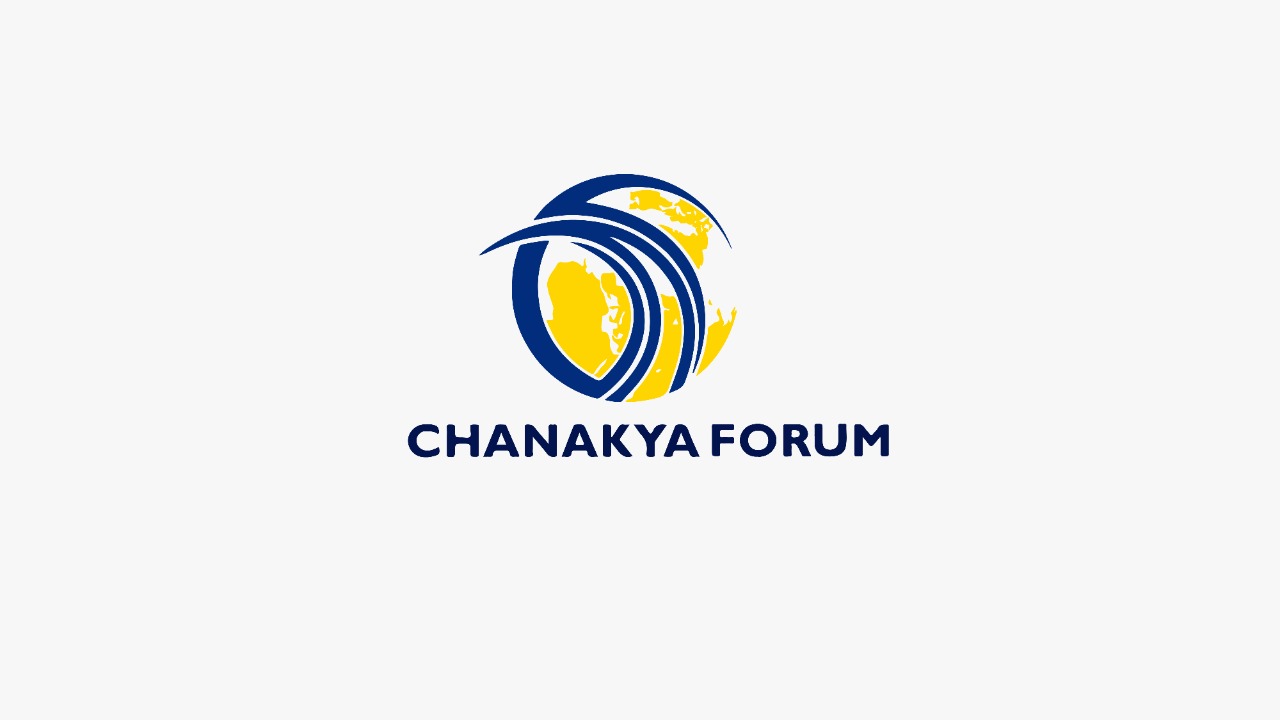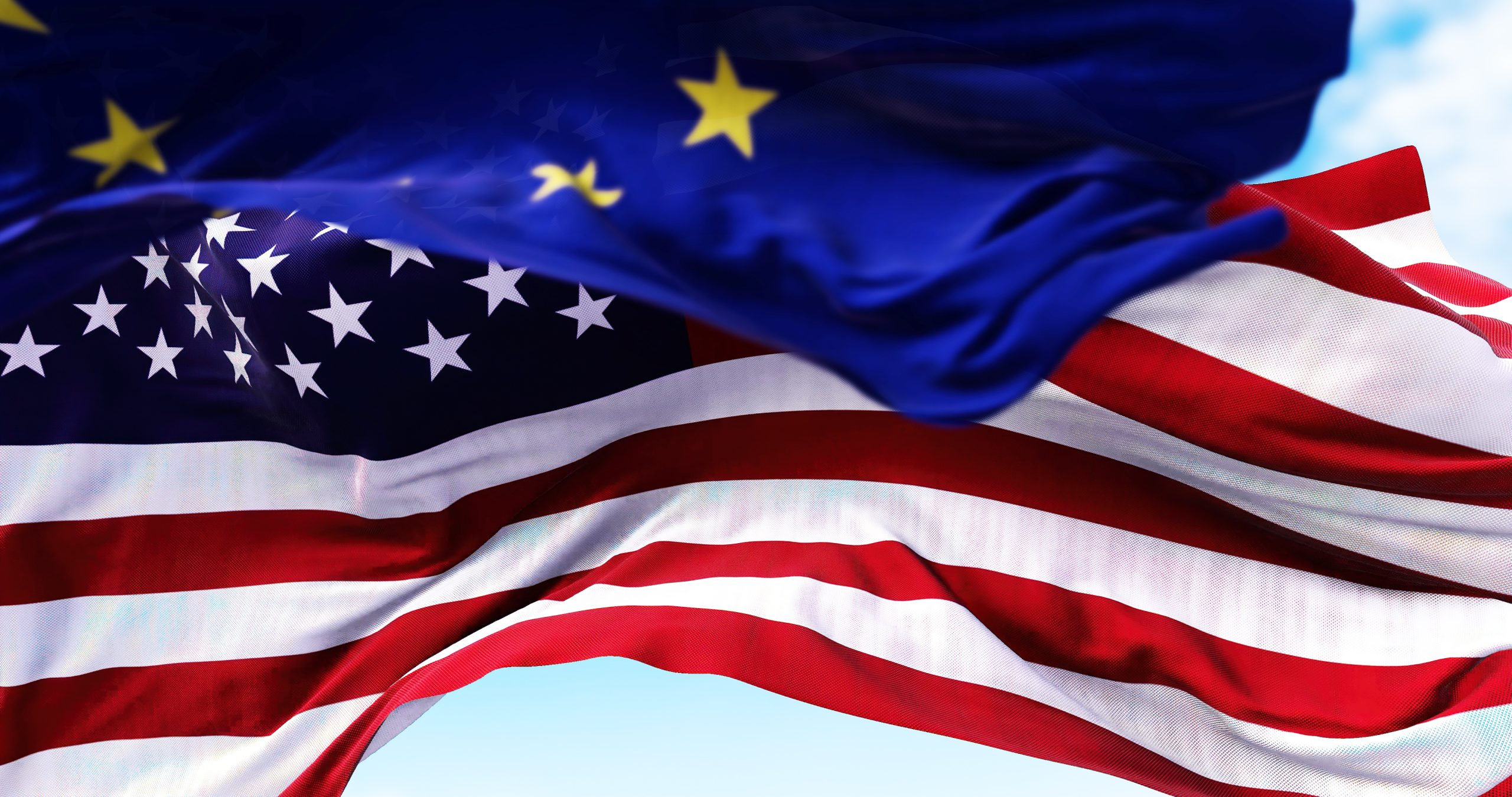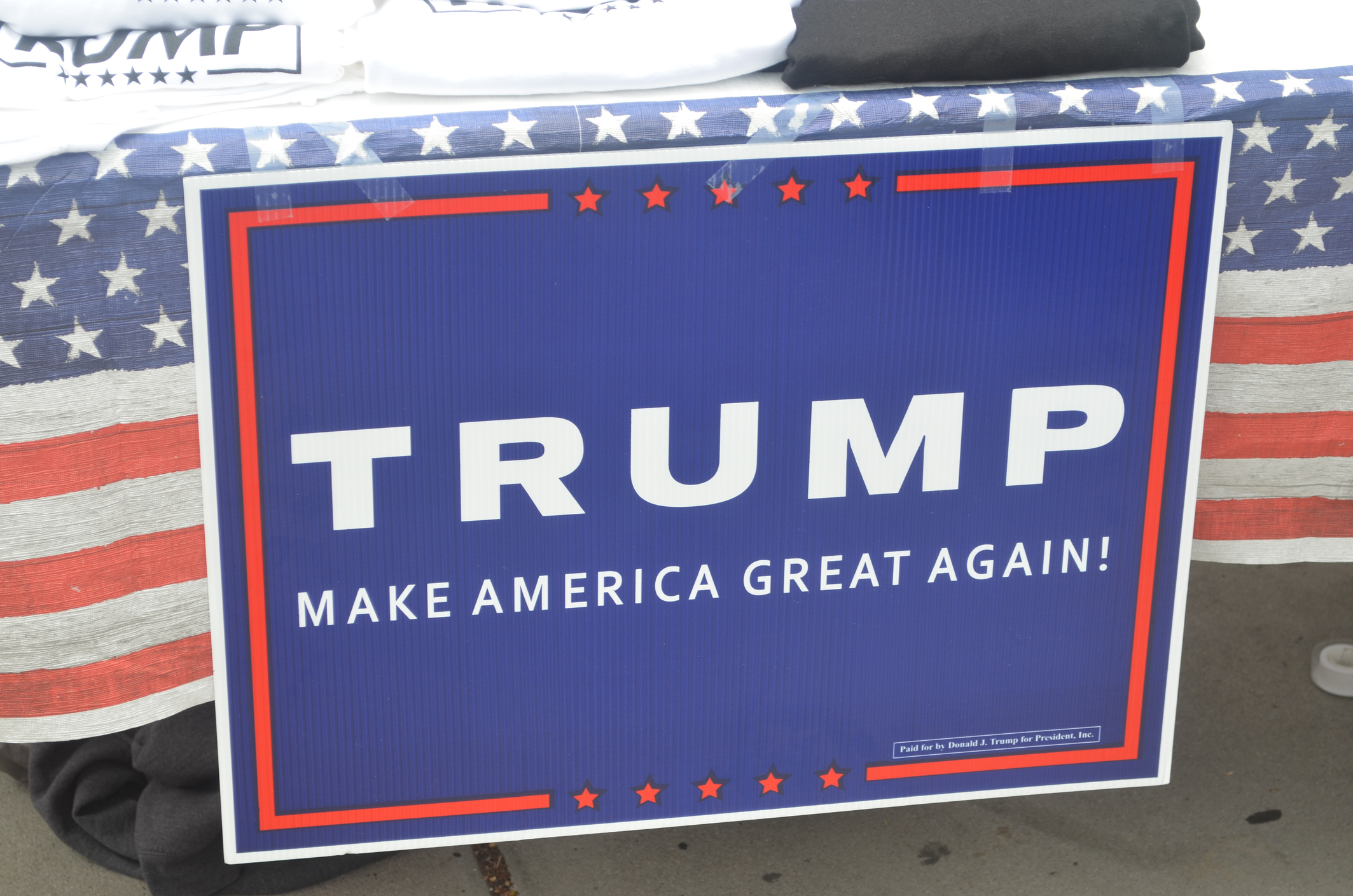
Reviving US-Iran Nuclear Deal

A U.S.-Iranian deal taking shape to revive Iran’s 2015 nuclear agreement with world powers lays out phases of mutual steps to bring both sides back into full compliance, and the first does not include waivers on oil sanctions, diplomats say.
Envoys from Iran, Russia, China, Britain, France, Germany, the European Union and United States are still negotiating details of the draft accord amid Western warnings that time is running out before the original deal becomes obsolete. Delegates say much of the text is settled but some thorny issues remain. The broad objective is to return to the original bargain of lifting sanctions against Iran, including ones that have slashed its crucial oil sales, in exchange for restrictions on its nuclear activities that extend the time it would need to produce enough enriched uranium for an atomic bomb if it chose to.
Iran has breached many of those restrictions and pushed well beyond them in response to the U.S. withdrawal from the deal in 2018 and its reimposition of sanctions under then-President Donald Trump. While the 2015 deal capped uranium enrichment at 3.67% fissile purity, Iran is now enriching to up to 60%, close to weapons grade. Iran insists its aims are wholly peaceful and that it wants to master nuclear technology for civil uses. But Western powers say no other state has enriched to such a high level without developing nuclear weapons and Iran’s advances since the U.S. walkout mean the 2015 deal will soon be totally hollowed out.
The draft text of the agreement, which is more than 20 pages long, stipulates a sequence of steps to be implemented once it has been approved by the remaining parties to the deal, starting with a phase including Iran suspending enrichment above 5% purity, three diplomats familiar with negotiations said. The text also alludes to other measures that diplomats say include unfreezing about $7 billion in Iranian funds stuck in South Korean banks under U.S. sanctions, as well as the release of Western prisoners held in Iran, which U.S. lead negotiator Robert Malley has suggested is a requirement for a deal.
Only once that initial wave of measures has been taken and confirmed would the main phase of sanctions-lifting begin, culminating in what many diplomats call Re-Implementation Day – a nod to the original deal’s Implementation Day, when the last nuclear and sanctions-related measures fell into place. The duration of these phases has not yet been agreed, and the text includes an X for the number of days between the milestone days such as Re-Implementation Day, diplomats say. Various officials have estimated the time from an agreement until Re-Implementation Day at between one and three months. Iran will return to core nuclear limits like the 3.67% cap on enrichment purity, diplomats said.
Oil Waivers
As in the original deal, officially called the Joint Comprehensive Plan of Action (JCPOA), the new agreement entails the United States granting waivers to sanctions on Iran’s lifeblood oil sector rather than lifting them outright. That requires renewing the waivers every few months. “On oil exports, under the deal, (former U.S. President Barack) Obama and Trump used to issue 90- to 120-day waivers and renewed them consistently until Trump stopped after exiting the pact. Those waivers have been agreed to be issued again,” a Middle Eastern diplomat briefed on the talks said.
Diplomats involved in the talks, which began 10 months ago, have said it remains unclear whether an agreement will indeed be reached, citing the now hackneyed principle that nothing is agreed until everything is agreed. French Foreign Minister Jean-Yves Le Drian said on Wednesday Iran must decide within a matter of days whether to take the leap, and other officials have said the next couple of days will be crucial.
Stubborn issues that remain include Iran’s demand that the United States guarantee it will not withdraw again. Western officials say this is impossible to give an iron-clad assurance on given the difficulty in binding future governments. The Middle Eastern diplomat and an Iranian official indicated, however, that Tehran was prepared to accept a lesser measure – that in the event of a U.S. violation of the pact, Iran would be allowed to enrich to up to 60% purity again.
The Islamic Republic and Western powers have previously clashed over whether the U.S. withdrawal gave Iran the right to breach the deal under the original text, as Tehran did, as well as over what constitutes a breach. The lifting of some particularly sensitive sanctions could also require Iranian and U.S. officials to meet directly, several diplomats have said. Iran has so far refused face-to-face meetings. Any such move would happen at the end of negotiations, the Iranian and Middle Eastern officials said.
************************************************************************************************
By Francois Murphy, Parisa Hafezi and John Irish for Reuters
Disclaimer
The opinions expressed in this article are the author’s own and do not reflect the views of Chanakya Forum. All information provided in this article including timeliness, completeness, accuracy, suitability or validity of information referenced therein, is the sole responsibility of the author. www.chanakyaforum.com does not assume any responsibility for the same.
Chanakya Forum is now on . Click here to join our channel (@ChanakyaForum) and stay updated with the latest headlines and articles.
Important
We work round the clock to bring you the finest articles and updates from around the world. There is a team that works tirelessly to ensure that you have a seamless reading experience. But all this costs money. Please support us so that we keep doing what we do best. Happy Reading
Support Us





















POST COMMENTS (0)